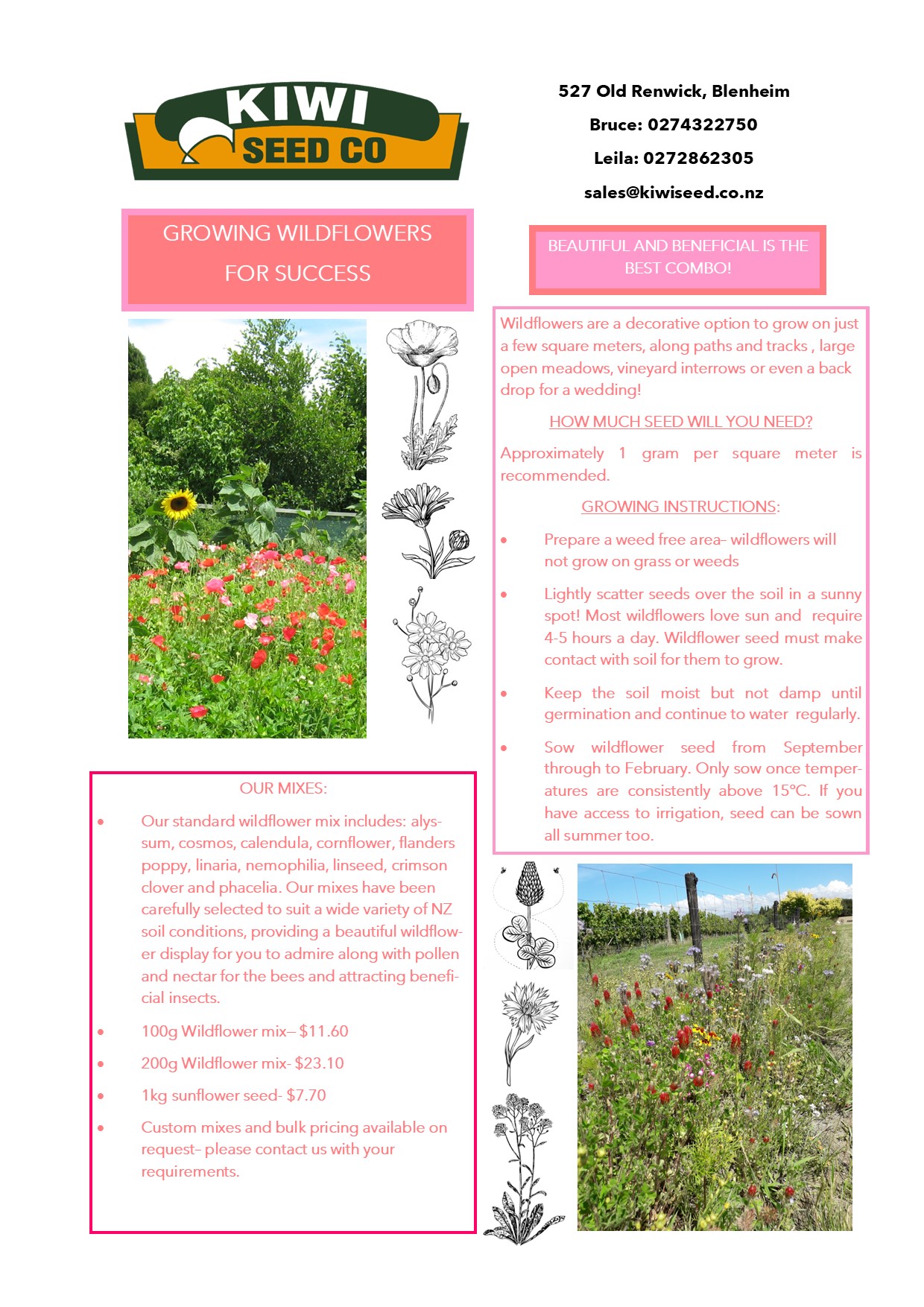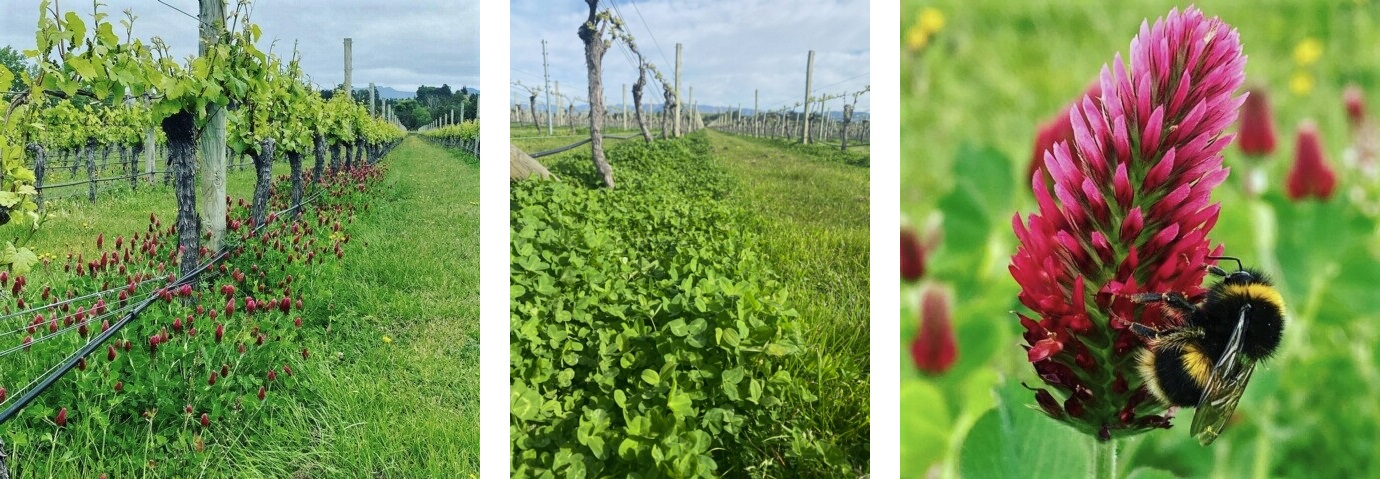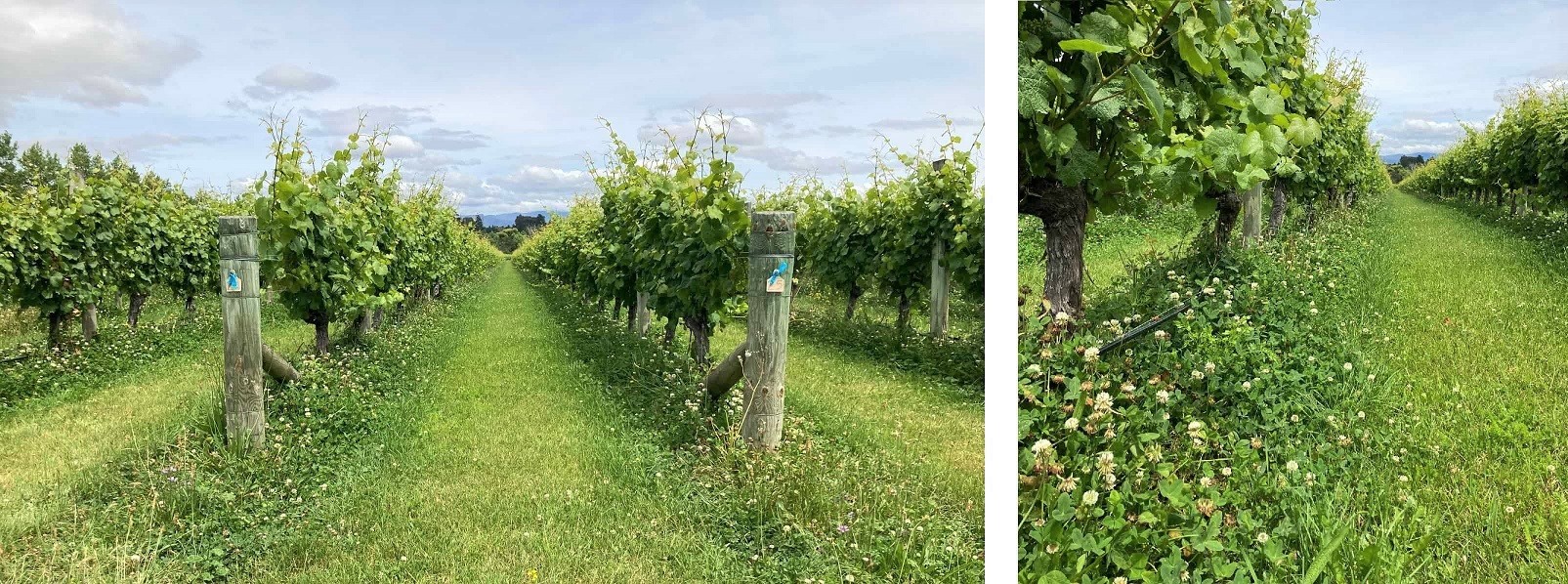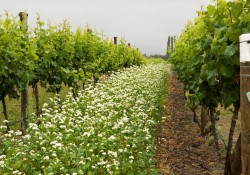Pasture Newsletter
- Benefits of Sunflowers!
- Crimson clover
- Seed Newsletter- Spring 2024
- Spring sowing options!
- Kraken Forage Barley option grows
- Plant tannins for bloat control- Jan 2024
- Seed Newsletter December 2023
- Autumn Recovery for Lucerne
- Forage Barley – The Superior Multi-Graze Cereal Forage
- Clovers for Re-Sowing Slips
- December 2021
- Multispecies Forages as Alternatives to Perennial Ryegrass
- The Benefits of Annual Clovers and Hard Seededness
- July 2021
- Remarkable Rubitas Results June 2020
- Marlborough Popcorn Harvest 2020
- Blairich visit June 2019
- January 2019
- May 2018-2
- May 2018
- March 2018-3
- March 2018-2
- March 2018
- February 2018
- November 2017
- April 2017
- March 2017
- February 2017
- January 2017
- December 2016
- December 2016 2
- June 2016
- March 2016
- November 2015
- June 2015
- March 2015
- December 2014
- November 2014
- January 2014
- December 2 2013
- December 2013
- November 2013
- October 2013
- Farm Brochure
Vineyard Newsletter
Bring the beneficial insects to your place!

Spring 2021
Under-vine De-vigor Clover Pasture
Comely Bank vineyards are in their fourth year working with an under-vine clover mix. Kiwi Seed agronomist Hamish Stace caught up with Comely Bank’s vineyard manager, Brent Carmody, to have a look at the persistence and management of their innovative pastures.
The primary focus for Comely Bank in establishing this particular type of under-vine seed mix is to reduce vegetative vigor of vines. This lifts the quality and flavour profile of fruit come harvest time. The sowing has occured over multiple years which has the added benefit of directly comparing different age pastures in the same season.
Although both grass and clover mixes have been tried, Brent reports his preference for a straight clover mix. The clover is more manageable, and also has superior soil health benefits.

Under-vine clover at Comely Bank Vineyard, Marlborough. © 2021 Brent Carmody
De-vigor
The difference in canopy growth is immediately apparent walking through the vineyard; Brent says this translates to around 2-3t/ha at harvest time. When the aim of a block is quality over quantity, this yield sacrifice rewards the grower with a huge quality improvement in the fruit.
Soil improvement
Clover cover crops have proven benefits in nutrient cycling and soil structure, improving microbial biomass and particulate organic matter. Clovers also fix 40-90kg N per hectare per year.
Soil moisture
Brent reports reduced water requirements with the under-vine pasture. The likely explanation for this is that the amount of water lost through plant transpiration is less than the amount lost to evaporation from bare earth when the irrigation process is considered. When the drippers begin irrigating a block with bare earth below the vine, the first part of the irrigation period is spent watering soil near to the surface to water holding capacity, for it to eventually drop and spread to become available to the vine roots. With the under-vine pasture, evaporation and soil drying effect is minimised so the water goes straight to work irrigating the pasture and vine roots.
Management
Brent has devised a line-trimmer style implement which is mounted to the front of the tractor. It trims just above the irrigation line, and does so in the same pass as the regular inter-row mowing, at the normal mowing speed. The vineyard is winter-grazed as per usual.

Two year old under-vine clover pasture, Comely Bank Vineyard, Marlborough. © 2021 Hamish Stace
Sowing
Vineyard owner Jeff Hammond has perfected the sowing technique that works best at Comely Bank. They have tried all manner of approaches, including fert spreader, and a hand broadcaster powered by an electric drill. When sowing small clover seeds under-vine using a modified drill or broadcaster, it can be difficult getting the rate right without running the seed out halfway down the row. To manage this, growers will often add a bulking medium to the seed mix, such as meat and bone meal.
The solution that has worked for Jeff though is a modified outlet on a watering can, walking down the row and scattering on to the under-vine. This allows for a high level of control of sowing rate and seed placement. When sown at the right time, this method also achieves a great seed strike.
Managing Expectations
The fourth year under-vine pasture does show a level of weed ingression which suggests that a 4-5 year under-vine renewal plan would be required to keep the clover content at the desired level.
Looking to the future
Overall, Brent, Jeff and the team at Comely Bank are happy with how things are going. The key lessons have been:
- Pasture height control is necessary to keep plants well below the canopy
- Clover-only mixes are the most manageable
- Good strike and establishment is crucial to the success of the pasture in following seasons
- For a long-term outlook, a reseeding cycle of five years might be required
Kiwi Seed are working on an under-vine pasture mix which will minimise the draw on vine resources and focus instead on a low growing height and weed prevention - a living weed mat. Have a chat with with us if you're interested in de-vigoring your vines or sowing a living weed mat for your vineyard.
Autumn 2020

Sowing a cover crop is a wonderful way to work with nature on various issues in the vineyard.
Cover crops can be used for weed control, erosion control, building healthy and fertile soils, attracting beneficial insects etc. By choosing the right type or combination of cover crop various boxes can be ticked at the same time.
The idea of sowing Buckwheat to attract beneficial insects into the vineyard is fabulous and plenty of people have done so in the past successfully. Buckwheat is usually planted after the last frost. It thrives in cooler seasons and will establish quickly (starting to flower usually 6 weeks after sowing) smothering warm season annual weeds. It`s also believed that Buckwheat has an allelopathic weed suppressing effect, which is very useful to know. Furthermore, Buckwheat has a dense fibrous root system allowing the plant to scavenger nutrients in particular P and other minor nutrients which aren`t available to other plants until buckwheat residue breaks down. While growing, its roots produce mild acids that release the nutrients from the soil. The acids also activate slow releasing fertilisers such as RPR.
During recent year`s Buckwheat has worked brilliantly in most vineyards here in Marlborough. The heat and dry weather have kept the buckwheat short with plenty of flowers on offer. All benefits could be seen. This year we were experiencing a cold spring and summer, which has allowed the buckwheat to grow into large plants causing issues with powdery mildew in the rows for the first time in a local vineyard who has been using it before for many years.
What can we all learn from this season to help manage the Buckwheat in the interrow better in years to come?
- What worked last year doesn`t necessarily work next season, so keep monitoring and check weather predictions for your area.
- Be prepared to adjust your management. Is the prediction looking likely to be on the cold side again? Either delay planting time or manage Buckwheat differently. Buckwheat can be mowed and will regrow if cut before it reaches 25% bloom. Check height of the last growing points, you don`t want to cut below. Because Buckwheat is so quick to establish it could also be rolled at beginning of flowering, if timing is correct the plant will keep growing and flowering closer to the soil surface. You could also oversow at this time extending the total flowering period.
- The sowing rate should be dense enough to outcompete other weeds, if this is the main reason you are using the plant in the interrow for. At the same time, it should be light enough to allow air and sun to get to each plant. That way each individual can stretch and grow into a healthy plant, vine included.
- Planting Buckwheat in a mix with other plant species, which are also attracting to beneficial insects such as lacewings, ladybirds etc rather than another monoculture sward is an option.
Tall species could be mowed if needed to increase the airflow between the rows with small species still flowering and providing food and habitat.
Increasing biodiversity in the vineyard by introducing plant communities has many benefits, agroforestry principles can be used here.
I trust there are plenty of cover crops going into the soil again this autumn/ winter. Healthy soils are needed to grow healthy produce, vine included. We have been working against mother nature for many years. It takes time to overcome an addiction and to grow healthy soils and environments the mother nature way. I would like to encourage you to keep cover cropping and increase biodiversity, above and in the soil. It will take time to see the benefit`s but they will show one day.
Regards Maren
Spring 2019
What a season so far….
September has been very busy for me with 6 workshops on cover crops organised through OWNZ up and down the country, on top of the usual business.
After the Organic conference held in July here in Blenheim and the amount of people who have attended these September workshops I can confidently say: “The wave of change has well and truly reached NZ.”. The regenerative farming community is actively sharing their experiences on various occasions as well, which is great to see.
The ”new” interest in cover cropping is immense. I must say even after 9 years the topic still fascinates myself. The amount of species available and combinations possible are incredible. It just doesn`t get boring and there is always something which could be done different the next time to improve the system even further.
MPI has proposed a “control – management system ” to overcome the freshwater – nitrogen leaching issue caused through overstocking and overuse of urea applications. The restrictions and costs involved to farmers and taxpayers in the government proposal are unbelieveable.
Yes, this is an issue, which needs to be sorted out, but is this the way?
At every introduction course for parenthood they teach you that shouting, control and punishment aren`t a good solution to a problem but education and support when required, will help to grow young responsible and reflecting people.
Why aren`t we focusing more on education at schools and all universities on how to produce food in a sustainable, reflecting way? Why aren`t we setting up backup structures to support the farmer during difficult times?
Many NZ farmers are today already working closer with nature, not against nature.
To build healthy soil, to support beneficial insects (including bees, ladybirds, lacewings) with shelterbelts, whereever possible is so important for future food production. Grains, veggies, fruit, vine and meat included.
Cover cropping, permanent multispecies mixes, communication and reflection have the potential to solve issues like the nitrogen leaching caused through general miseducation and the chemical industry.
We might be able to travel more easily to the Moon and Mars in the future but home will always be planet Earth and it`s our home we need to look after as much as the people that live on it, including producers and consumers.
Submissions to freshwater proposals will be accepted up until the 30th of October, email your submission directly to This email address is being protected from spambots. You need JavaScript enabled to view it..
Regards Maren
